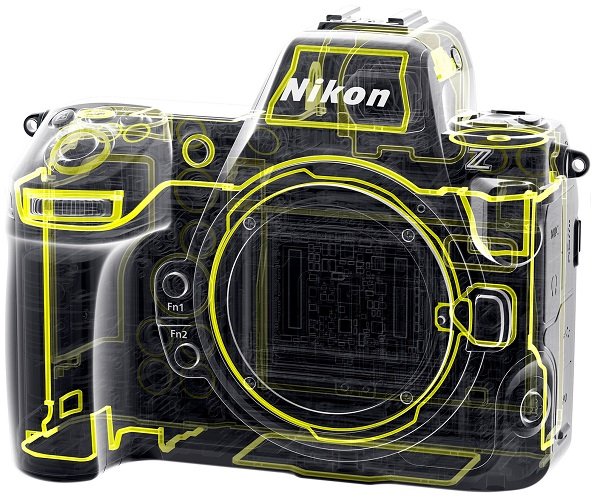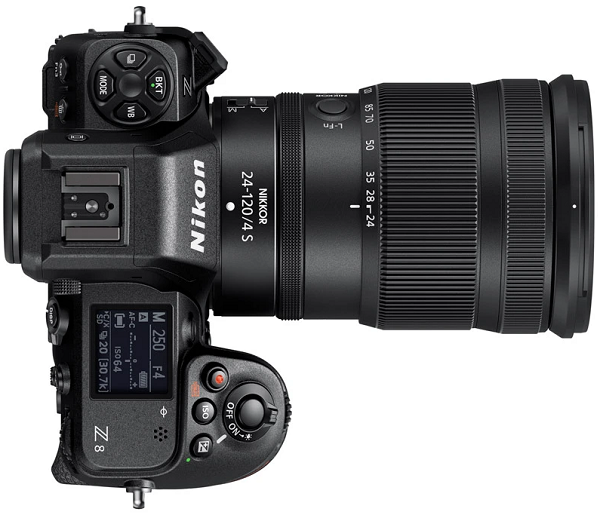Last week, Photographers around the world eagerly awaited Nikon’s announcement. After a lot of secrecy and 2 years of rumors and all sorts of crazy specs, Nikon finally launched the Z8, a full-frame mirrorless camera.
WOW! Nikon has answered all my prayers!
The Z8 has been described as a modern D850 or a mini Z9. I think it’s a bit of both. Back in 2019, as an amateur landscape photographer, I was on the fence about upgrading from my D810 to the D850. Don’t get me wrong, I really wanted the great features of the D850, but it was pretty pricey and with the industry clearly moving towards mirrorless, ultimately, I chose to skip the D850. In 2021 I bought the Nikon Z7II, which was an awesome upgrade from my D810, but it still didn’t have the features that the D850 had.
Whilst the Z8 is a great all round camera, there are a couple of features which are exactly what I have wanted (Prayed for), these are the 4-Axis articulating screen, the illuminated buttons, the sensor shield and the starlight view from the Z9.
4-Axis articulating Screen
Finally! For landscape photographers who frequently shoot from a very low point of view and in portrait mode, the Z8 comes with a 4 Axis articulating screen, allowing you to get super low when shooting ultra-wide and focus stacking to capture intricate details in the foreground.
Illuminated Buttons, Starlight View and Warm Display Colors
Illuminated buttons are an astrophotographer’s dream! Not needing to use a head torch or phone to find the buttons, this is such a simple, yet effective feature that I am sure I will use all the time when shooting at night.
To help avoid loss of night vision, Nikon has also included ‘Warm Display Colors’, similar to the Z9 where everything on the screen is turned red to help preserve your night vision.
Another awesome feature for astrophotographers is ‘Starlight View’, this boosts the ISO to give you a live view of what the camera sensor is ‘seeing’. This should be great for composing a scene in complete darkness, and the -9 EV autofocus should also be a great tool for astrophotographers, I am looking forward to trying this out!
Sensor Shield
I’m pretty sure most Landscape Photographers are not strangers to dust spots on their sensors due to changing lenses in the field, in all sorts of adverse weather conditions. The introduction of the sensor shield should help significantly reduce the number of dust spots on the sensor of the new Nikon Z8.
Nikon is clearly fully invested in using new materials, with the introduction of Eco-friendly Seerebo® Carbon Fiber and magnesium alloy, creating both a lightweight and extremely strong camera body.
The introduction of a second USB Type-C port is also a great addition for those long nights shooting the night sky and being able to power the camera via a Powerbank.
Thankfully, Nikon has chosen to retain the EN-EL15C Battery for the Z8, meaning the 6 batteries I had bought to use with my Z6II and Z7II are not redundant, but will be used in my Z8.
As a landscape photographer, ultra-fast data writing speeds are not a priority, so I was super happy to see that Nikon has retained the SD card slot on the Z8 and not just changed it to dual XQD/CF Express like with the Z9.
I ordered my Z8 whilst watching Nikon’s live event announcing the Z8 to the world. I hope that it arrives before the summer as I have plenty of workshops coming up and it would be great to put it through its paces!
Note: All images are courtesy of Nikon








